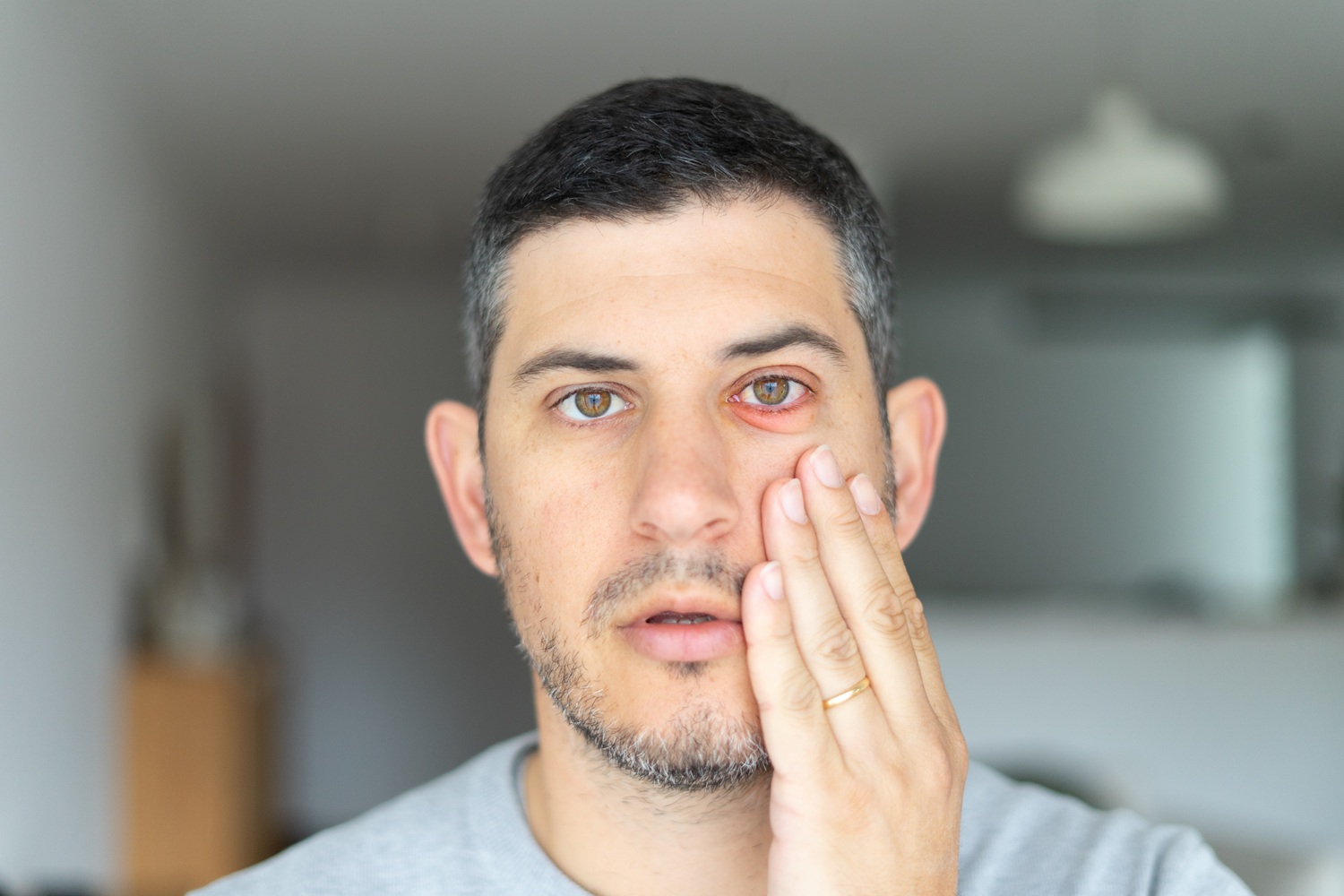What is conjunctivitis?
Conjunctivitis, more commonly known as “pink eye,” occurs when the thin layer of tissue lining your eyelid and the front of your eye becomes infected or inflamed. Although conjunctivitis is typically not serious, it can be very uncomfortable, and it is highly contagious.
Additionally, if left untreated, the condition could eventually affect your vision. For these reasons, it is important to contact your eye doctor as soon as possible. Treatments may include oral medications, antibiotic eye drops, or ointments.



